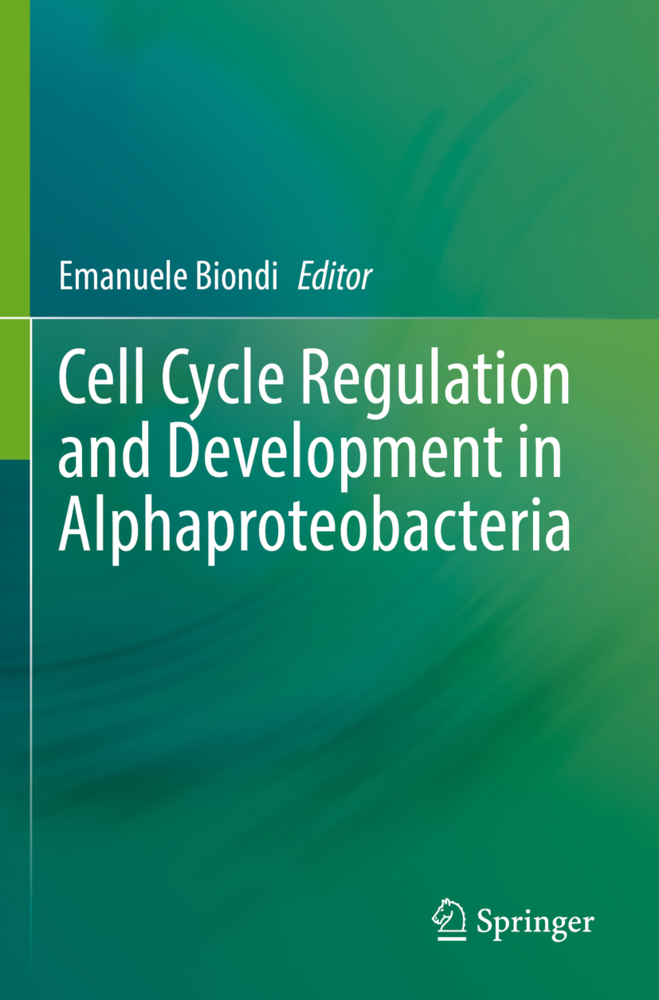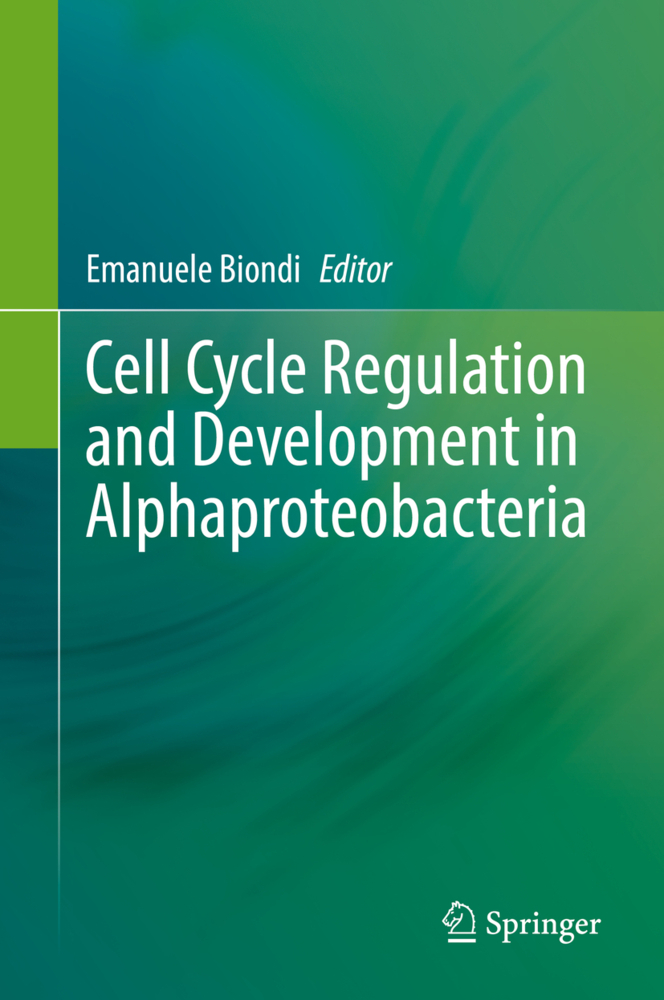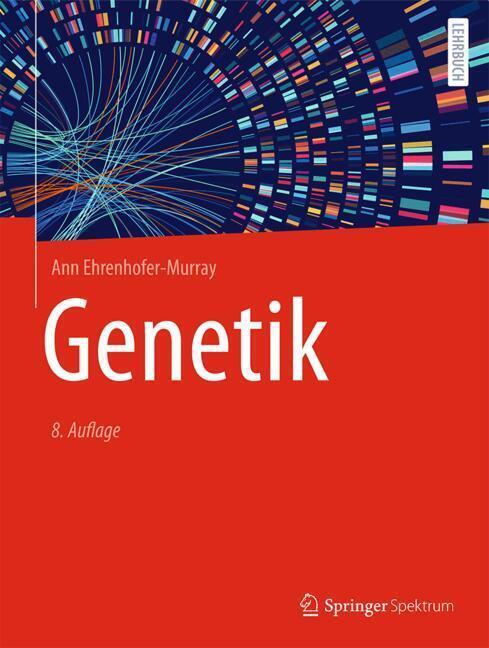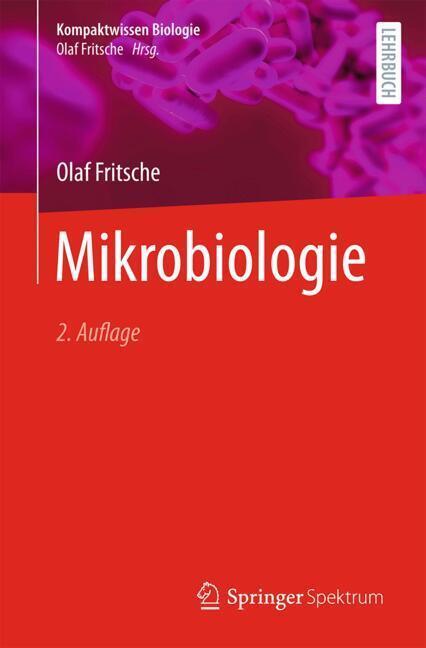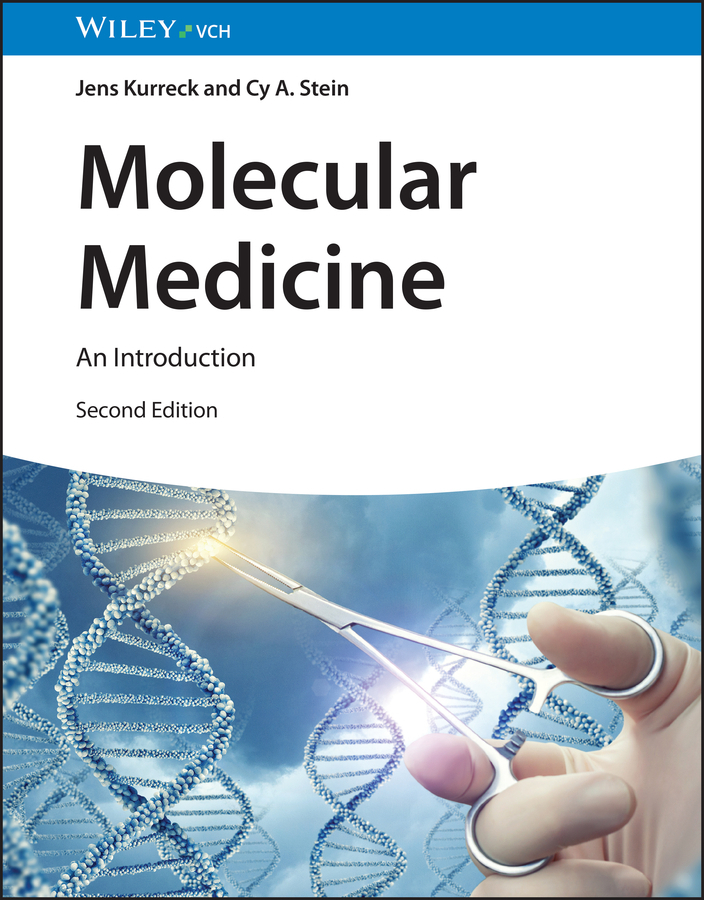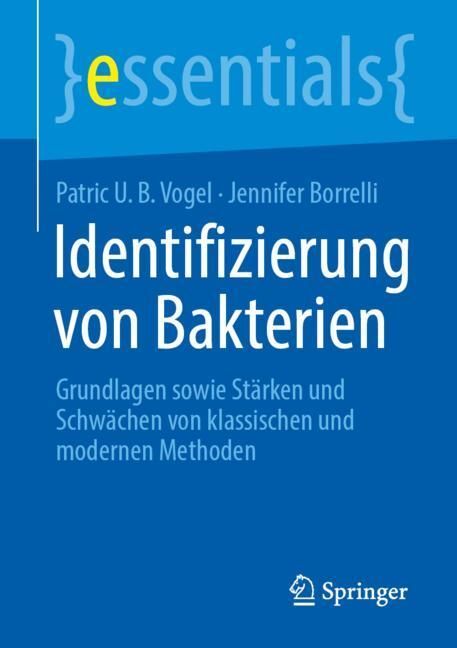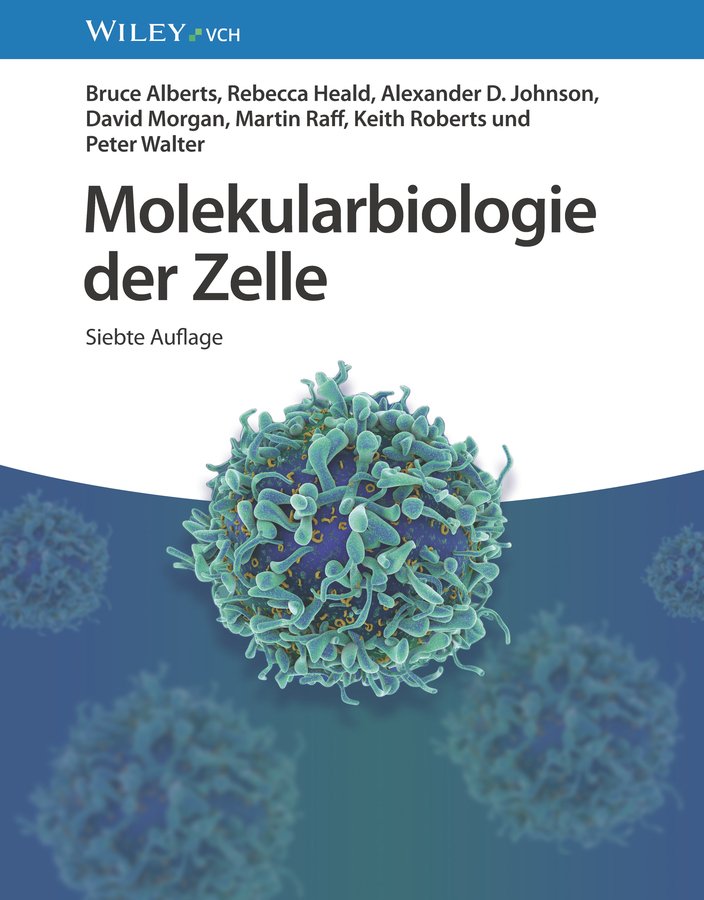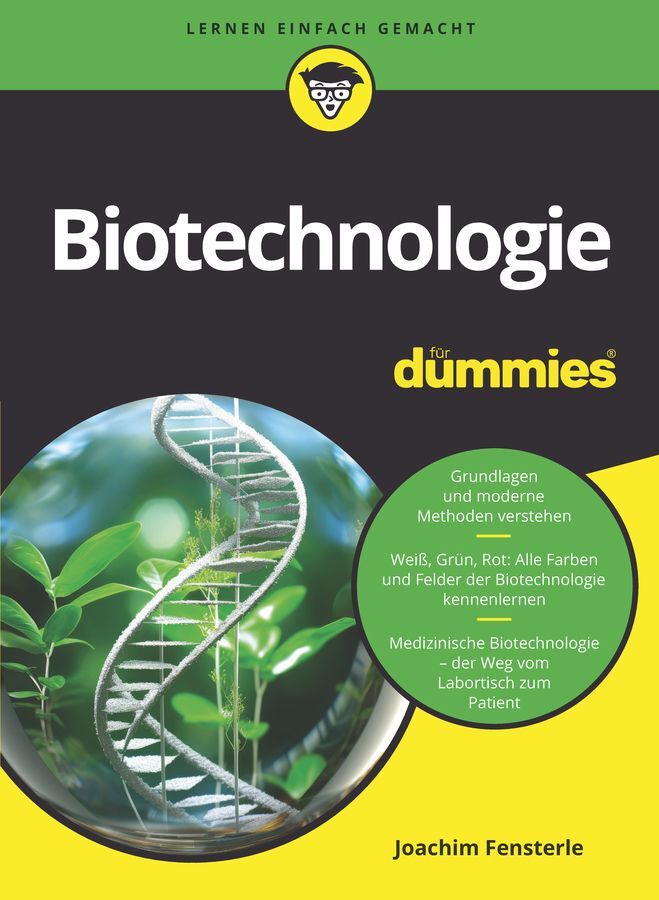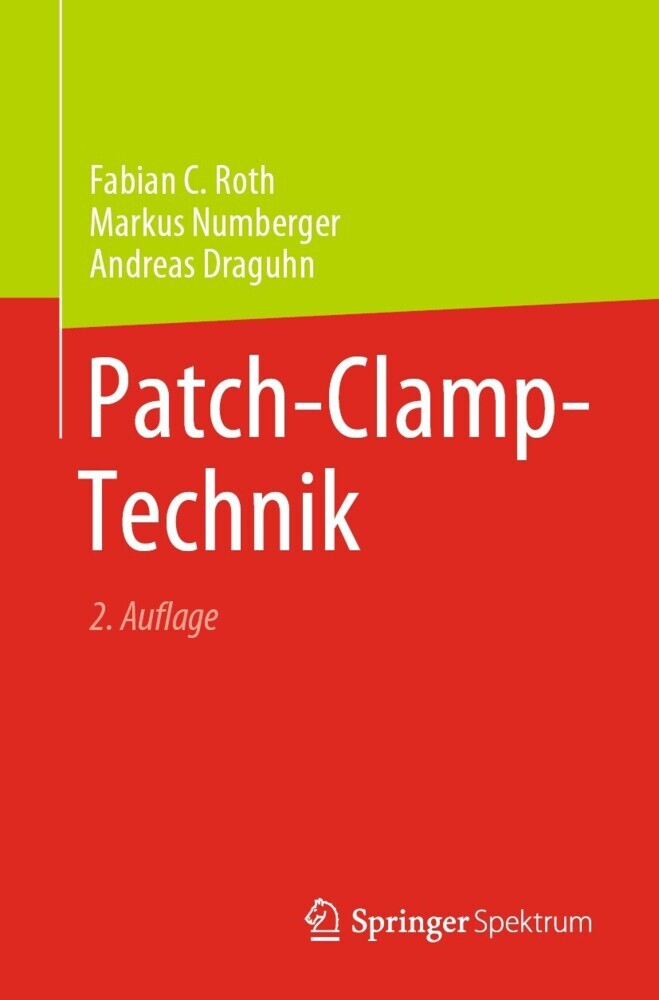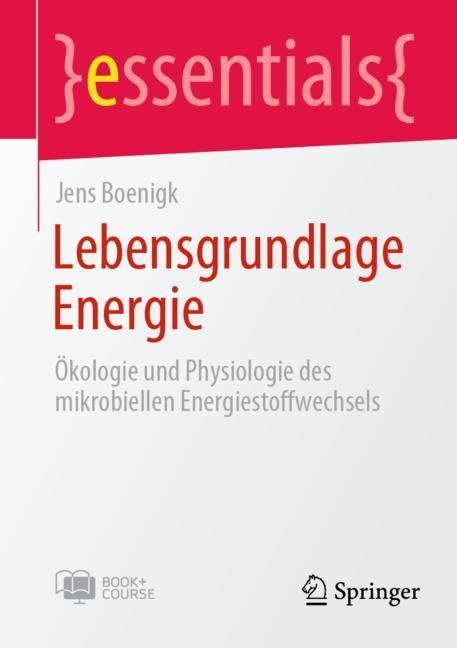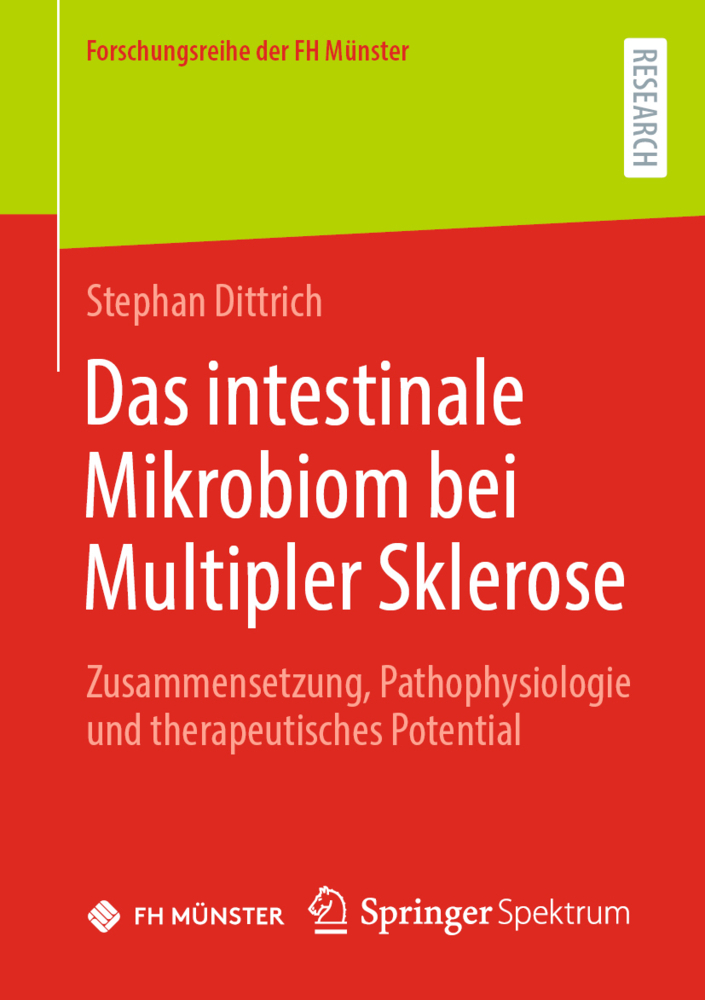Cell Cycle Regulation and Development in Alphaproteobacteria
Cell Cycle Regulation and Development in Alphaproteobacteria
This book provides a comprehensive overview of the cell cycle regulation and development in Alphaproteobacteria.
Cell cycle and cellular differentiation are fascinating biological phenomena that are highly regulated in all organisms. In the last decades, many laboratories around the world have been investigating these processes in Alphaproteobacteria. This bacterial class comprises important bacterial species, studied by fundamental and applied research. The complexity of cell cycle regulation and many examples of cellular differentiations in this bacterial group represent the main motives of this book.The book starts with discussing the regulation of cell cycle in alphaproteobacterial species from a system biology perspective. The following chapters specifically focus on the model species Caulobacter crescentus multiple layers of regulation, from transcriptional cascades to proteolysis and dynamic subcellular regulation of cell cycle regulators. In addition, the cell division process, chromosome segregation and growth of the cell envelope is described in detail. The last part of the book covers examples of non-Caulobacter alphaproteobacterial models, such as Agrobacterium tumefaciens, Brucella species and Sinorhizobium meliloti and also discusses possible applications.
This book will be of interest to researchers in microbiology and cell biology labs working on cell cycle regulation and development.
Towards a Comparative Systems Biology of the Alphaproteobacterial Cell Cycle
Temporal control of promoter activity during the Caulobacter cell cycleCell cycle signal transduction and proteolysis in Caulobacter
Cell division in Caulobacter crescentus: A molecular-scale model
Chromosome segregation in Alphaproteobacteria
Modeling the Cell Cycle of Caulobacter crescentus
Diversity of Growth Patterns in the Alphaproteobacteria
Cell cycle and terminal differentiation in Sinorhizobium meliloti
Integration of the cell cycle and development in Agrobacterium tumefaciens
Brucella abortus, a pathogenic Rhizobiale with a complex cell cycle.
Biondi, Emanuele
| ISBN | 978-3-030-90623-8 |
|---|---|
| Artikelnummer | 9783030906238 |
| Medientyp | Buch |
| Copyrightjahr | 2023 |
| Verlag | Springer, Berlin |
| Umfang | IX, 301 Seiten |
| Abbildungen | IX, 301 p. 46 illus., 41 illus. in color. |
| Sprache | Englisch |

